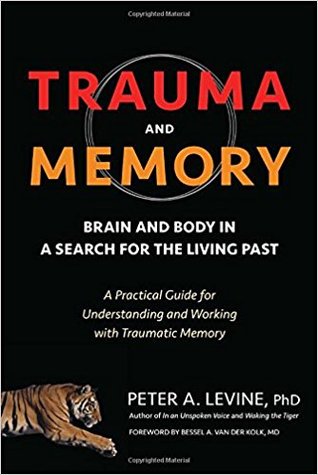The second step is to then work with their sensations so that an individual can access their incomplete sensory-motor response and begins to experience completion in an interoceptively based action and sensation. These two elements—relative calm and embodied action—break the positive feedback loop with its negative retraumatizing consequences.
Welcome back. Just a moment while we sign you in to your Goodreads account.


